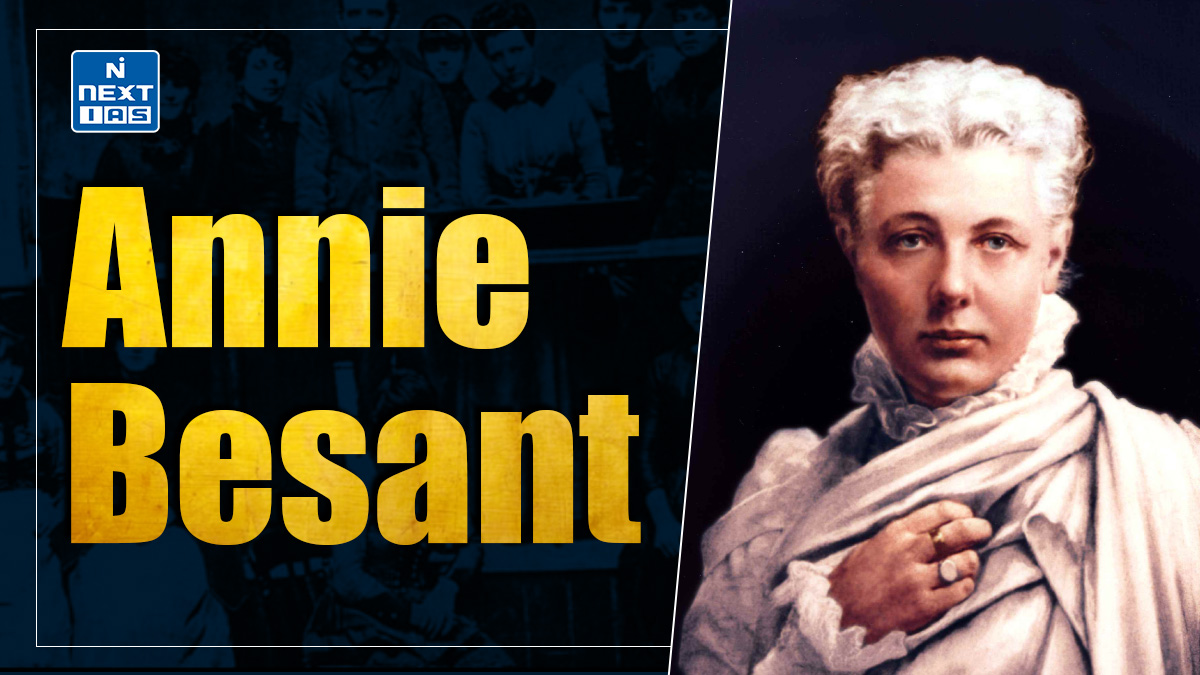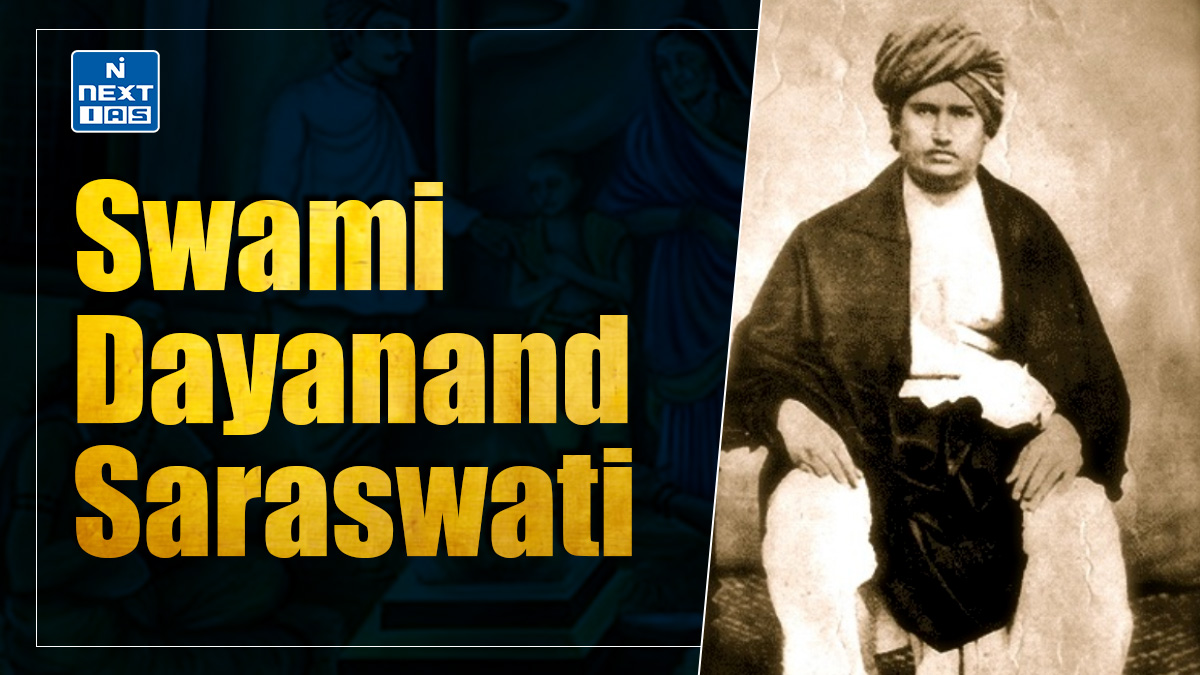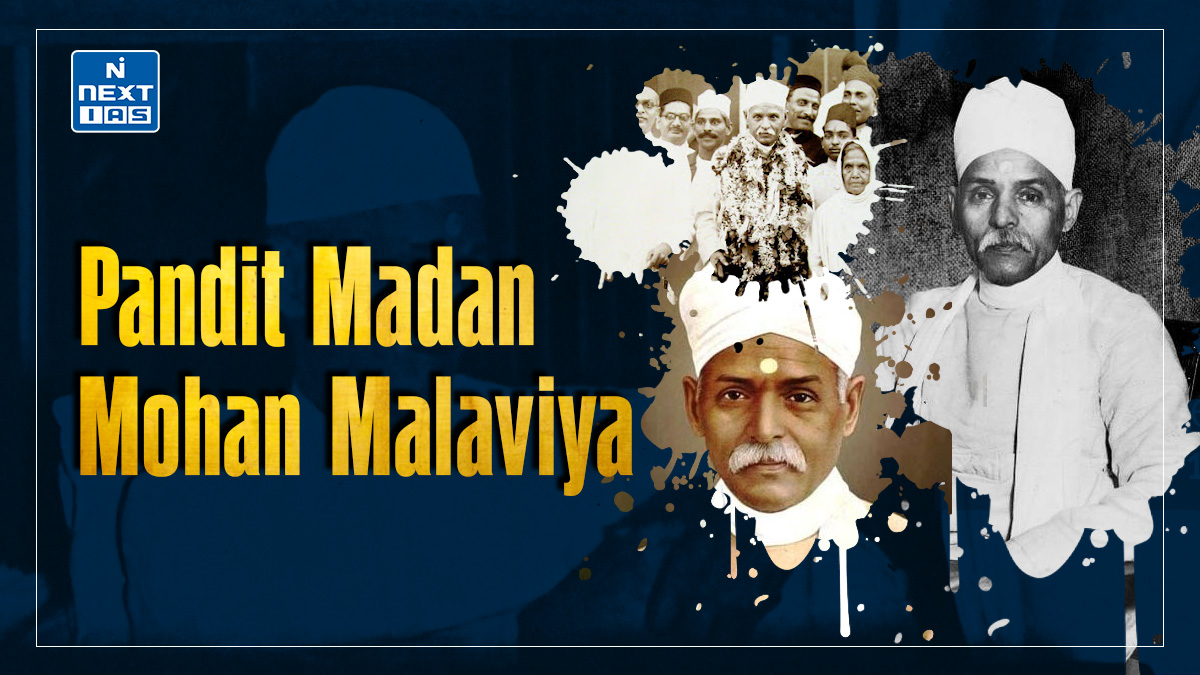
The Dual Administration in Bengal, established after the Treaty of Allahabad in 1765, gave the British East India Company control over revenue collection (Diwani) while leaving administrative responsibilities with the Nawab. This arrangement allowed the Company to amass wealth without accountability for governance, leading to severe socio-economic issues in Bengal. This article aims to study in detail the establishment, functioning, and consequences of Dual Administration in Bengal, shedding light on its long-term impacts on society, economy, and British colonial power in India.
About Dual Administration in Bengal
- By the Treaty of Allahabad of 1765, Shah Alam granted the company the Diwani (revenue collecting rights) of Bengal, Bihar, and Odisha–in another word, absolute control over the lucrative resources of the prosperous Bengal.
- The East India Company became the absolute master of Bengal from 1765. The Nawab depended on the British for his internal and external security.
- As the Diwan, the Company directly collected its revenues, while through the right to nominate the Deputy Subahdar, it controlled the Nizamat or the police and judicial powers.
- Historically, This arrangement is known as the ‘dual’ or ‘double’ government.
Consequences of Dual Administration in Bengal
- The dual Government in Bengal helped the East India Company to remain free from the real responsibility of the administration of Bengal.
- The English Company gained power and prosperity through this system of Government by successfully avoiding the hazards of administration.
- The Nawab and his officials had the responsibility of administration but not the power to discharge it. The Nawab of Bengal was to be held responsible for every omission and commission in the Government. The weaknesses of the government could be blamed on the Indians while the British gathered its fruits.
- The consequences for the people of Bengal were disastrous; neither the Company nor the Nawab cared for their welfare.
- The Company’s servants, who were not conversant with the language, customs, traditions, and laws prevailing in Bengal, rack-rented the people.
- The company stopped sending money to England to purchase Indian goods. Instead, they bought these goods from the revenues of Bengal and sold them abroad.
- These were known as the Company’s Investments and formed a part of its profits. In 1766, 1767, and 1768 alone, nearly £ 5.7 million was drained from Bengal.
Critiques of the Dual Administration in Bengal
- It brought catastrophic results. The administration in Bengal was shattered completely.
- Lawlessness prevailed in most parts of Bengal. Cases of theft and robbery increased by leaps and bounds. The common people suffered due to the lack of justice. They suffered to such an extent that they preferred to leave their homes and hearts.
- Agriculture in Bengal gradually deteriorated under the Dual Government of Clive. The power to collect revenue rested in the hands of the company only. So, the Nawab could not make any provision, like irrigation, for the development of agriculture in Bengal.
- The poor administration in Bengal led to a rapid increase in private trade. While the servants of the East India Company carried on trade and commerce privately without paying any taxes and earning profit from this trade, the merchants of Bengal suffered a lot because they were overburdened with taxes. Thus, the Dual Government dealt a terrible blow to the local trade and commerce.
- The servants of the Nawab became wayward and oppressive when they came to know that the Nawab was a puppet in the hands of the English company.
- The Dual Government of Clive was further responsible for the downfall of local industries. The company’s people forced the local weavers to work exclusively for the company. Many other small local industries also were brought under the control of the company.
- The judges of the Nawab were influenced by British authority because the latter played a vital role in their appointment. Thus, the judges failed to give an impartial verdict which was detrimental to the interest of the common people.
- The English Company became apathetic to agriculture in Bengal which led to the loss of production in the field. It ultimately resulted in a decrease of revenue collection.
- The Dual Government proved a failure in Bengal. The absence of responsibility on the part of the company led to abuse of power and corruption.
Conclusion
The Dual Administration in Bengal, while advantageous to the East India Company, proved catastrophic for the region’s socio-economic fabric. The structure led to unchecked exploitation, as the Company focused on maximizing revenue while ignoring administrative responsibility. With deteriorating local industries, declining agriculture, and worsening law and order, Bengal experienced profound hardships under this system. Ultimately, the Dual Administration underscored the exploitative nature of British colonial policies and set a precedent for the further institutionalization of British control over Indian governance and resources.
Frequently Asked Questions (FAQs)
Who introduced the dual system of administration in Bengal?
The dual system of administration in Bengal was introduced by Robert Clive in 1765 after the Treaty of Allahabad.
What is dual government in Bengal?
The dual government in Bengal was a system where the British East India Company controlled the revenue collection (Diwani), while the Nawab of Bengal retained nominal control over the administration (Nizamat). This arrangement allowed the Company to exercise power without direct responsibility for governance, leading to exploitation and administrative inefficiency.






